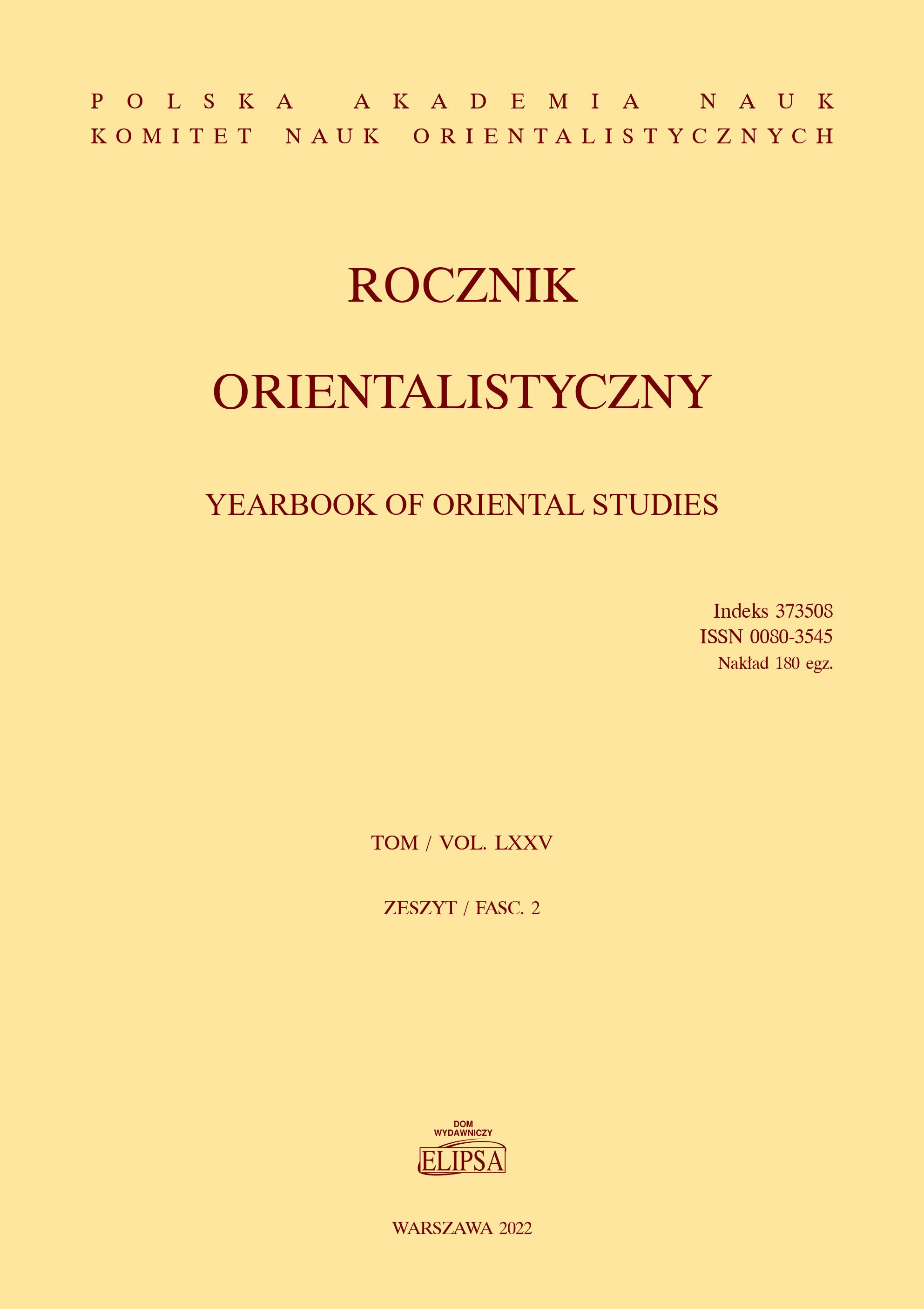Religious Ideology in the Gəʿəz Epigraphic Corpus from Yemen
Religious Ideology in the Gəʿəz Epigraphic Corpus from Yemen
Author(s): Georg HatkeSubject(s): Christian Theology and Religion, Theology and Religion
Published by: Komitet Nauk Orientalistycznych Polskiej Akademii Nauk
Keywords: Aksum; Ḥimyar; Gəʿəz; Scripture; Christianity; Israel
Summary/Abstract: In the aftermath of their invasion of the South Arabian kingdom of Ḥimyar in 525 CE, the Aksumites of Ethiopia erected a series of inscriptions in Gəʿəz documenting the invasion. Although these inscriptions survive in very fragmentary condition, enough is preserved to indicate that the Aksumites presented their victorious campaign in religious terms, often quoting passages from the Bible. This manner of presentation provides insight into how the Aksumites conceived of themselves and their military venture in Ḥimyar, an undertaking that, while motivated by strategic concerns, had strong religious overtones in that it pitted Christian Aksumites against Ḥimyarite Jews. At the same time, the Aksumites took pains to emphasize their Ethiopian identity in this corpus of inscriptions, as evidenced by the fact that the inscriptions in question were composed in Gəʿəz, the Ethiosemitic lingua franca of Aksum, rather than in the local Sabaic language. That these inscriptions may have been erected as parts of symbolic stone thrones, as were similar Aksumite inscriptions erected elsewhere, would also have served to emphasize the Ethiopian identity of Ḥimyar’s conquerors. Thus, to the extent that the Aksumites identified with the Israelites, they saw themselves as an Israel in a Christian, Ethiopian guise.
Journal: Rocznik Orientalistyczny
- Issue Year: 75/2022
- Issue No: 2
- Page Range: 43-102
- Page Count: 60
- Language: English

